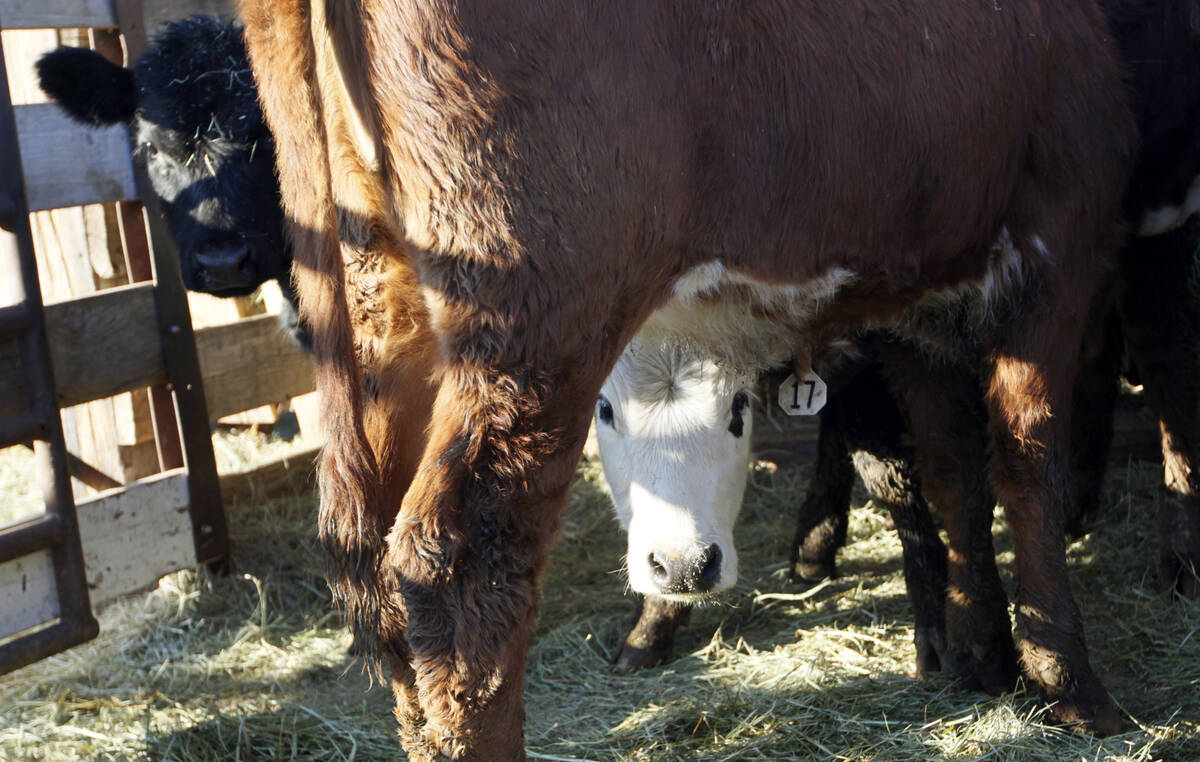RED DEER Ñ Mixing proper rations for a healthy horse is sometimes better left to the experts.
“You can cause more damage by being fancy and thinking you are doing the horse a world of good,” Brian Nielsen, an animal physiologist with Michigan State University, said during the annual horse breeders and owners conference in Red Deer Jan. 9.
He said horses need exercise and a well-balanced diet that includes plenty of forages, as well as grain such as corn and oats for energy.
“Most of the minerals that a horse needs, they will get from the forage and grain they take in,” he added.
Read Also

Argentine beef plan angers ranchers
U.S. farmers are criticizing president Donald Trump’s suggestion that the country may import more beef from Argentina.
“There are horses who need no extra supplements.”
When buying feed it is important to know the source of grain and hay. Supplementation may be necessary if it comes from a soil zone deficient in selenium or copper.
While trace minerals are necessary, it is important to remember the basics such as proper calcium and phosphorus.
Horses need calcium for bone development and muscle contractions. They also need a 1.1:1 ratio of calcium and phosphorus.
A low calcium intake is related to shin soreness and micro fractures similar to shin splints in humans.
“If you don’t take enough calcium in and there is a demand for it, it will be tough for that body to withstand rigorous training,” Nielsen said.
Providing adequate energy to the working horse is also important.
“There has been a push recently to feed more fat to our horses,” he said.
Adding vegetable oil to rations provides a lot of energy in small amounts for the hard working horse, which needs twice as much energy as a resting horse.
For example, if a 500 kilogram horse ate 2.5 percent of its body weight at 12.5 kg per day, up to 10 percent of that ration could be fat.
Energy demands go up if exercise is increased, but mixing rations requires careful measuring to avoid nutrient deficiencies. The horse might get fat if it takes in too many calories.
Inadequate protein and minerals relative to energy intake can result in skeletal problems because the horse did not get the proper building blocks to develop strong bones, collagen and muscle as a youngster.
Adequate exercise starting at an early age is another good way to develop a sound horse and has been proven to have a dramatic impact on bone strength.
Young, growing horses need to run in pastures where they will store calcium and phosphorus in their bones for better skeletal strength. Studies have found that foals can suffer from decreased bone formation if they were transferred from pastures to stalls too early in life.
Training and management of weanlings may help prevent injuries when they are two or three years old.
“If you don’t condition that bone early, you are going to run into problems later on,” Nielsen said.
Even turning horses out for quick sprints can help bone health. Care must be taken not to overwork the youngsters because that could cause permanent damage.
“The evidence is stacking up that you need to exercise horses when they are young.”















